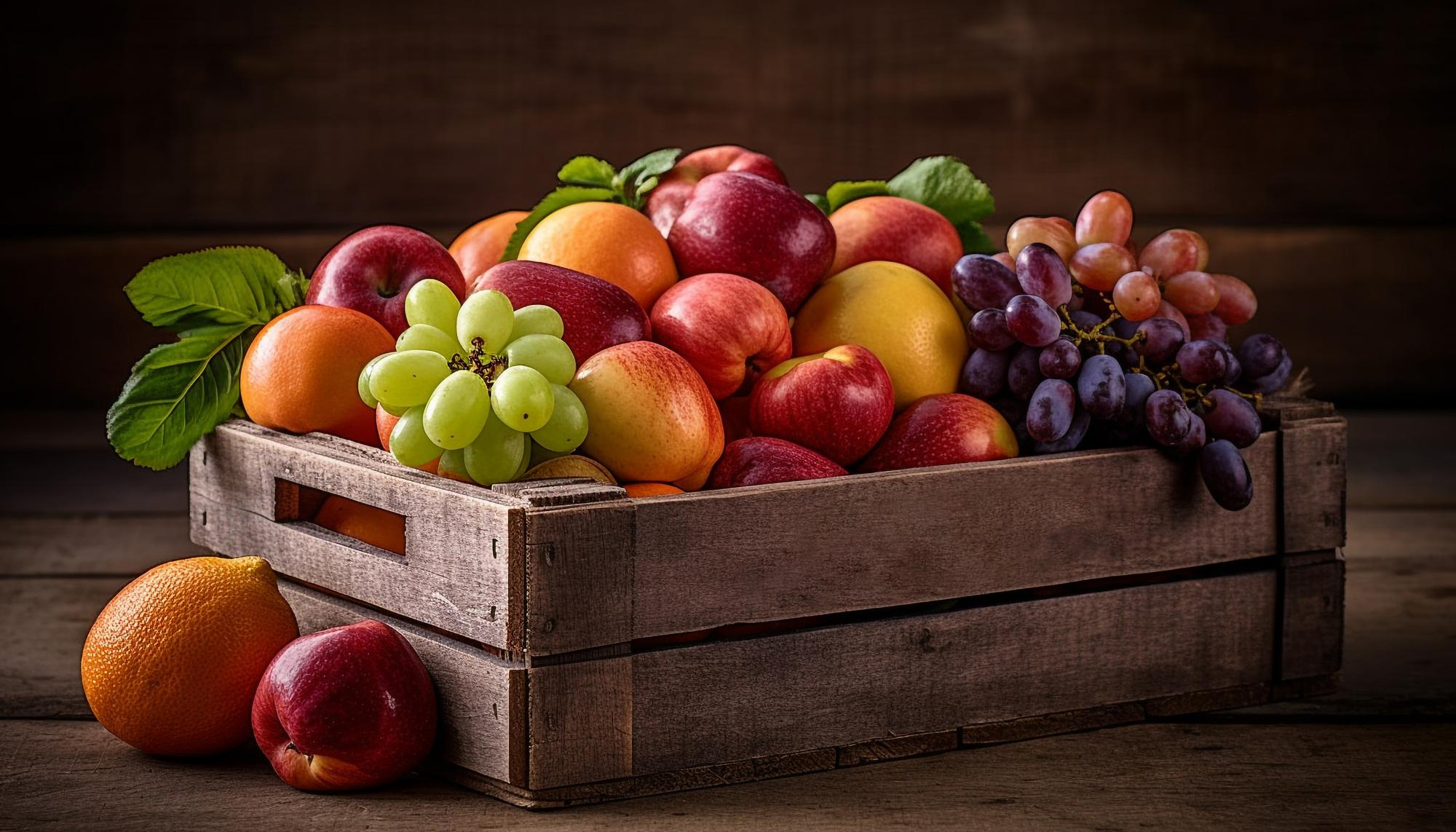Description
How Are Pens Made?
Pens are an essential tool in our daily lives, whether for writing, drawing, or signing documents. Despite their simplicity, the process of manufacturing a pen is a fascinating blend of engineering, design, and precision. This article explores the step-by-step process of how pens are made.
1. Design and Material Selection
The journey of making a pen starts with design and material selection. Engineers and designers collaborate to create a pen that is ergonomic, functional, and visually appealing. Key factors include the pen’s grip, weight, and ink flow. Materials like plastic, metal, or sometimes wood are chosen based on the type of pen (e.g., ballpoint, fountain, or gel pen).
2. Manufacturing the Barrel and Components
The barrel forms the main body of the pen and is often made from plastic or metal. For plastic barrels, the process begins with injection molding. Plastic pellets are melted and injected into molds to create the desired shape. If metal is used, it is typically cut and shaped using lathes and other precision machinery.
Additional components such as the cap, clip, and grip are also manufactured during this stage. These parts are designed to fit seamlessly into the overall pen structure and are often produced using similar methods.
3. Ink Production
Ink is the heart of a pen. The production of ink requires a precise balance of pigments, solvents, and additives. Pigments provide color, while solvents ensure the ink flows smoothly. Additives help control factors like drying time and viscosity. The ink is thoroughly mixed and tested to ensure consistent quality.
4. Assembly
Once the components and ink are ready, the pen is assembled. Automated machines handle most of this process to ensure speed and accuracy. The ink reservoir is filled, and the tip or nib is attached. For ballpoint pens, a tiny ball made of tungsten carbide is fitted into the tip to facilitate smooth writing.
5. Quality Control
Quality control is a crucial step in pen manufacturing. Each pen is tested for defects, such as ink leakage, inconsistent flow, or structural issues. Advanced machinery or manual inspections ensure that only high-quality pens reach the market.
6. Packaging and Distribution
The final step is packaging. Pens are often packaged in bulk for office use or individually for retail customers. Packaging design plays a vital role in attracting consumers. Once packaged, the pens are distributed to stores and suppliers worldwide.
Sustainable Practices
Modern pen manufacturers are increasingly adopting sustainable practices. Recycled materials and refillable designs are becoming more common to reduce waste and environmental impact.
Conclusion
The creation of a pen involves numerous intricate processes that combine creativity, engineering, and precision. From design to distribution, each step ensures that the final product meets the needs of users worldwide. Next time you pick up a pen, take a moment to appreciate the craftsmanship behind this everyday object.






Reviews
There are no reviews yet.